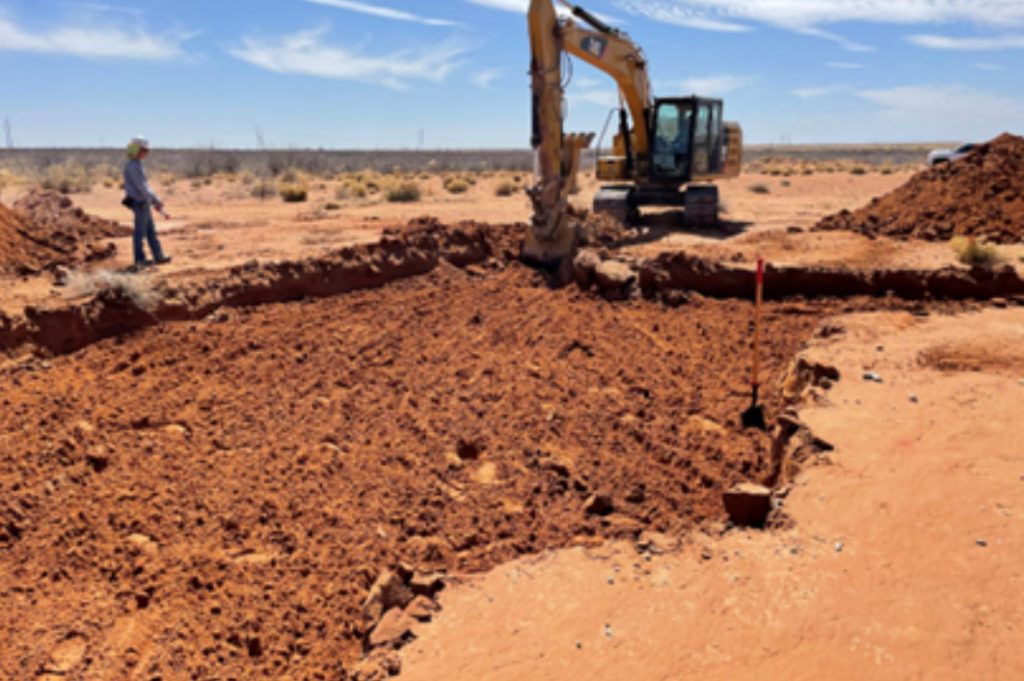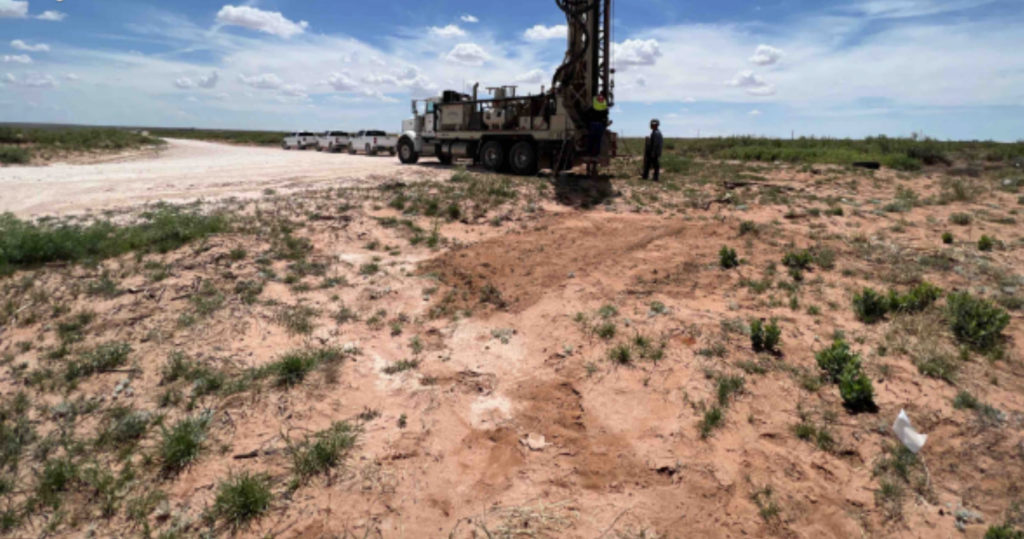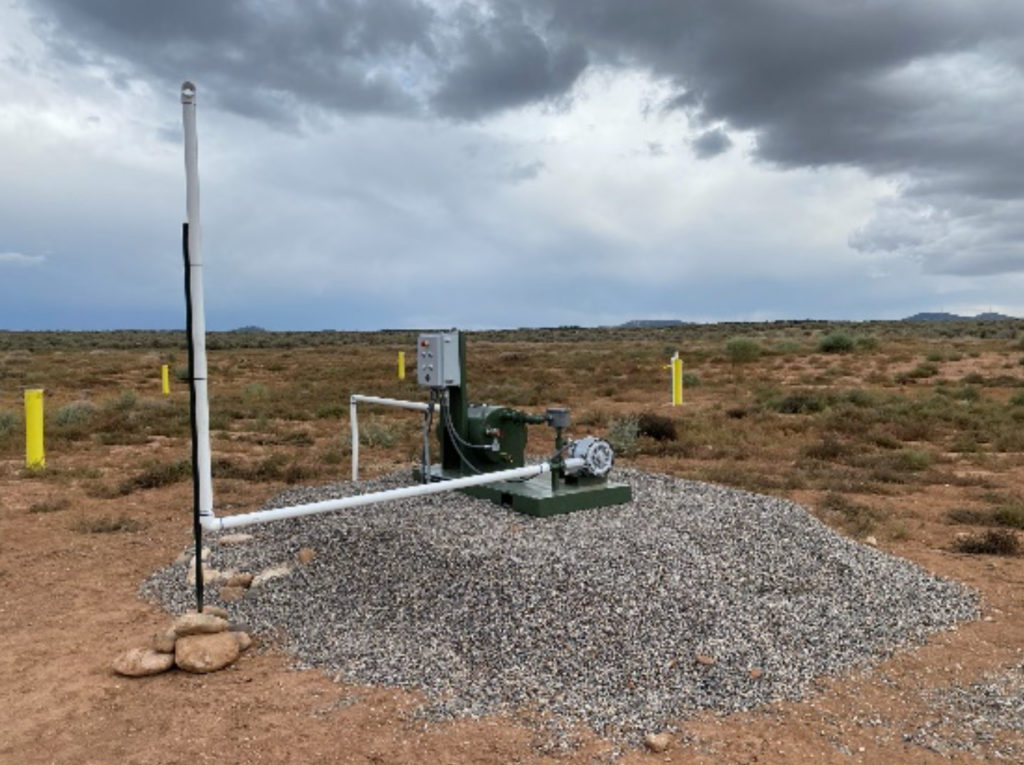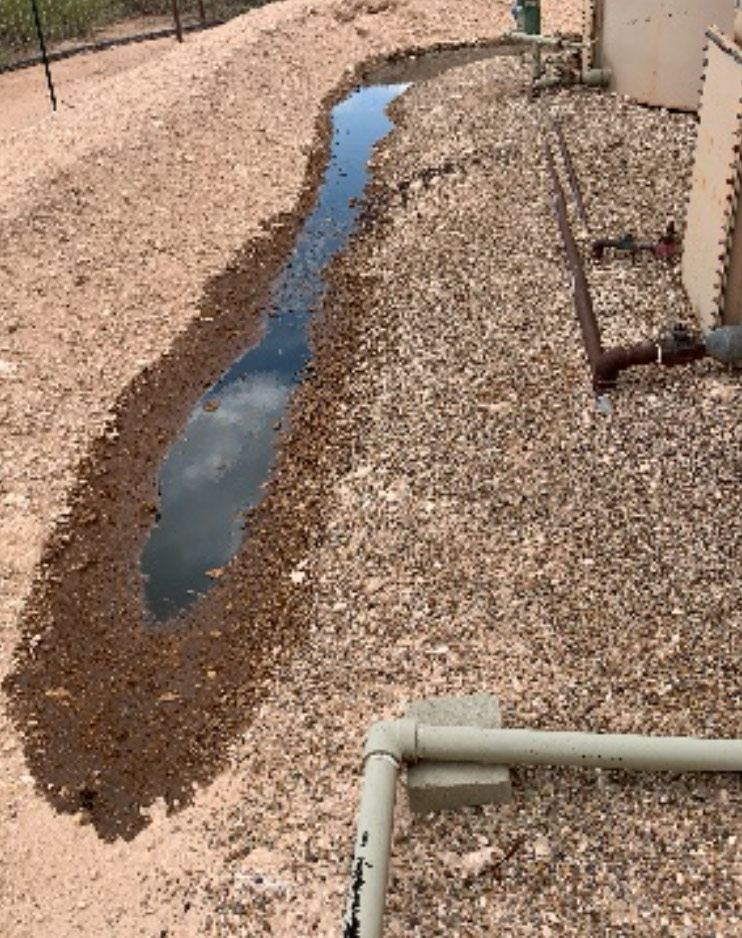Project: Compliance Remediation Reporting for Oil and Gas Releases
Compliance Remediation addresses oil and gas releases operations quickly and effectively. This is important to clients in their efforts to protect the environment and comply with regulatory requirements in a responsible way.
Project Characteristics:
A large portion of Ensolum’s work includes responding to releases of oil and produced water for our clients. This involves initial assessments of extent and magnitude, environmental receptors, and regulatory requirements. Thus, Ensolum relies on locally-based staff with knowledge of regional conditions and regulatory practices to respond quickly and efficiently to ensure environmental liabilities are limited and compliance deadlines are met. Ensolum also works with operators to design an appropriate remediation approach based on site-specific observations. Finally, Compliance Remediation is executed, and sites are closed as quickly as possible.
Delaware Basin
Ensolum personnel respond regularly to releases in the Delaware Basin and generally address up to 10 releases each week. Challenges include compliance with the requirements in New Mexico Administrative Code (NMAC) 19.15.29 (Part 29). In one instance, Ensolum completed preliminary assessment and site characterization of a produced water release that occurred on and off the developed well pad. Ensolum assessed the release through mapping of visual observations and field screening. Based on results and estimated size of the release, Ensolum recommended immediate excavation to remove chloride and hydrocarbon impacts to below applicable site Closure Criteria defined in. Ensolum personnel excavated pasture and pad soils for disposal. Additionally, Ensolum collected final confirmation samples. The New Mexico Oil Conservation Division (NMOCD) approved the Closure Report within 4 weeks of the release date.

Photo 1: Excavation of impacted soil
Alternatively, for a release that impacted deeper soils and required more stringent closure standards, Ensolum personnel completed a preliminary assessment and site characterization. Ensolum then recommended a Compliance Remediation Work Plan to confirm depth to groundwater. Therefore, Ensolum also confirmed closure standards and a variance for closure sampling frequency. Personnel installed a depth to water boring to confirm depth to water in the region and excavated pasture and pad soils to remove chloride impacts to below applicable site Closure Criteria. The excavation was backfilled and pasture soils reseeded. Ensolum recently submitted a Closure Report, and approval is pending.

Photo 2: Drilling to confirm depth to groundwater
DJ Basin
In Colorado, compliance with COGCC requirements is an important component of any release response. Ensolum has the staff and tools available to respond quickly to high-volume requests. Between June 20 and August 18, 2022, Ensolum assisted in the closure of 176 facilities and wellheads in the DJ Basin by guiding excavation of impacted soil and collecting confirmation samples. Ensolum completed compliance reporting to the Colorado Oil and Gas Conservation Commission (COGCC) by all reporting deadlines. At the same time, Ensolum responded to 21 new releases in the same area. Ensolum staff completed compliance reporting to the COGCC or Colorado Department of Public Health and the Environment (CDPHE) as required. In addition, Ensolum provided recommendations and designs for remediation approach.
San Juan Basin
Local staff based in Durango, Colorado regularly respond to releases in Colorado, New Mexico, and on tribal lands. In addition, the large volume of federal lands often requires input from Bureau of Land Management (BLM) or Bureau of Indian Affairs (BLM). Understanding jurisdictions, complicated regulatory structures, and maintaining relationships with those entities, is paramount to accessibility and efficient remediation design. The ability to offer alternative approaches is also important to satisfying regulatory and client needs.
Currently, Ensolum manages 10 soil vapor extraction (SVE) systems and two pump and treat systems under oversight of NMOCD, COGCC, and tribal entities. Additionally, Ensolum has 8 proposed in situ corrective actions under review. Once approved, Ensolum will be responsible for implementation and execution. Our staff specializes in design, regulatory requirements, installation, and performance of these systems. We also offer alternative, cost-effective solutions at sites that might be complicated by remote settings, multiple regulatory requirements, and geologic conditions.

Photo 3: Simple SVE Design
Permian Basin
Ensolum’s Midland staff respond to releases and complete initial assessments to determine reporting requirements. More often than not, the releases are non-reportable, but Ensolum documents the assessments for client recordkeeping. Ensolum also assesses the extent and magnitude of the release, then oversees excavation of the minor volumes of impacted soil. A confirmation sample is collected, and Ensolum provides a simple report documenting field methods and spill volume determinations. Ensolum then applies a spill calculator that uses volume of material released, porosity and saturation of affected material, and composition of the released liquid to establish a spill volume. Furthermore, Ensolum compares the volume to Texas Railroad Commission (RRC) notification and reporting requirements. The report serves as a record for operators to demonstrate corrective actions and decrease environmental liability.
Visit our Past Projects Page to learn more about Ensolum’s previous projects.

Photo 4: Nonreportable release

